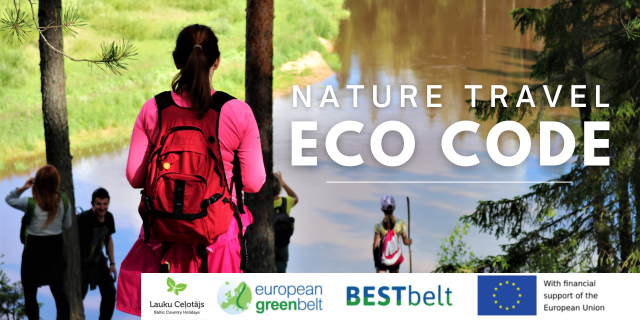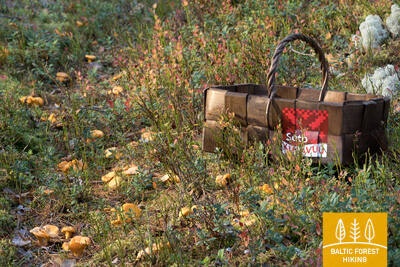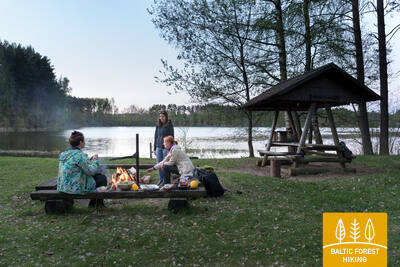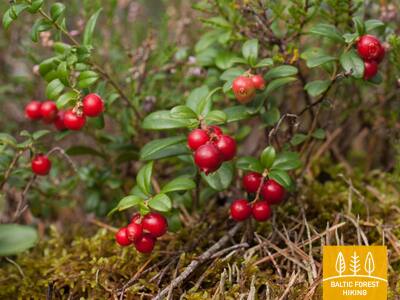Baltic Forest Hiking - Setomaa region
Setomaa Region
SETOMAA – DIVERSE NATURE COMBINED WITH AUTHENTIC CULTURE
Vana Vastseliina – Ristipalo: 73 km, Day 19 –21
Setomaa or “the Land of Setos” is inhabited by Setos – an ethnographic group with specific ancient traditions and a unique language dialect. Forest Trail hikers can visit the traditional Setos homestead and enjoy Setos cuisine. The forests of the region are especially charming in early autumn, when the ground is coloured lilac by the blooming heather. One of the most beautiful sections of the trail in Setomaa leads along the Piusa River, where the river is surrounded by sandstone outcrops. Located at the Värska Bay, underneath a beautiful pine forest there is Värska resort with its sanatorium and SPA which use the strengths of local nature: mineral water and lake mud. Värska mineral water is well known in Estonian and elsewhere.
Highlights: Unique culture – traditions, architecture, handicrafts, language, cuisine, Seto leelo – Seto traditional polyphonic singing, UNESCO intangible cultural heritage, Forest sites for picking wild mushrooms and berries, Valley of the Piusa River, caves and bats, Härma Walls – Estonia’s highest Devonian sandstone outcrop, Mustoja Landscape Protection Area, Seto museums in Värska, Saatse and Obinitsa, Värska mineral water and healing mud, National Geographic yellow frames in the villages of Obinitsa and Podmotsa.
 Section 19. Vana-Vastseliina‒Kolodavitsa.
Section 19. Vana-Vastseliina‒Kolodavitsa.
Along the banks of Piusa, the fastest river in Estonia
The first part of this section of the Forest Trail winds along the magnificent Piusa River valley, then, at Härmä village, it turns towards Obinitsa, an important cultural centre of Setomaa, the Land of Setos. Here you can discover the traditions of the local Seto people. After Obinitsa, the Forest Trail leads through beautiful pine forests rich in heather, descends back into the depths of the Piusa River valley and turns east at Piusa caves. From there it follows the left slope of Piusa valley until it reaches the motorway and railway line by Koidula railway station.
 Section 20. Kolodavitsa‒Värska.
Section 20. Kolodavitsa‒Värska.
Historical heritage and living traditions in Setomaa, the land of Seto people
The Forest Trail leads through the vast forests of Setomaa, along mires and moors, which are painted a fabulous shade of purple in September. This is a sparsely populated region, and hikers have the chance to really connect to the nature. At Lake Õrsava, the Forest Trail crosses several pedestrian bridges, circles around the lake and leads to the centre of Värska borough. Take your time to discover local Seto traditions and cuisine.
 Section 21. Värska‒Ristipalo.
Section 21. Värska‒Ristipalo.
Värska – historical resort
After leaving Värska, the Forest Trail turns northwest towards Värska Gulf of Lake Pskov. Having circled around in the forest, the trail leads to Laossina village, where the visitors have the opportunity to learn more about the religious traditions of the Seto people. This section of the Forest Trail passes through the Lake Peipus lowlands, so the terrain is flat. The land is mainly used for agriculture. After crossing the Võhandu River near Võõpsu village, the Forest Trail turns towards Räpina.














